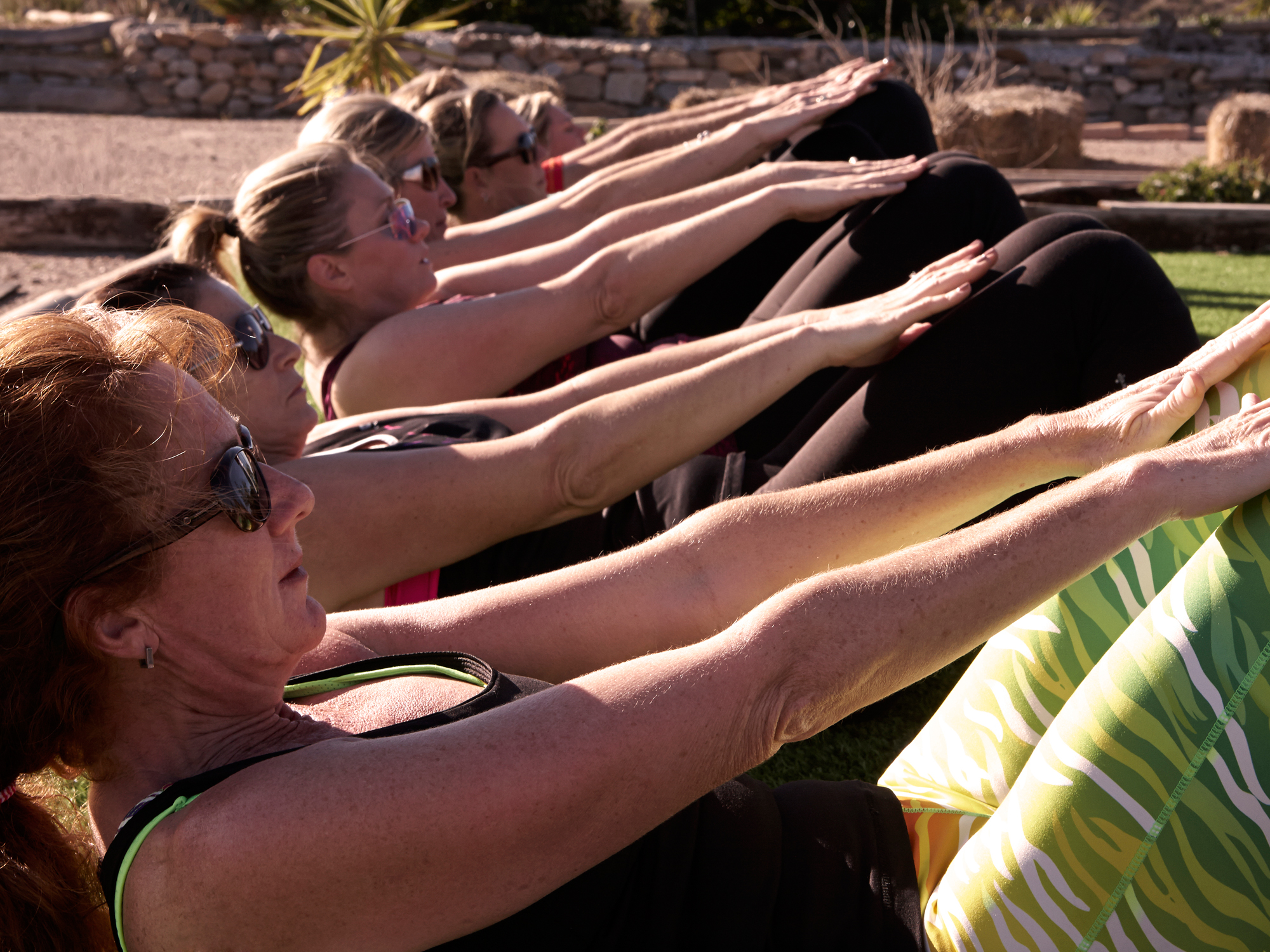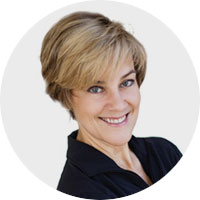Get Easy Health Digest™ in your inbox and don’t miss a thing when you subscribe today. Plus, get the free bonus report, Mother Nature’s Tips, Tricks and Remedies for Cholesterol, Blood Pressure & Blood Sugar as my way of saying welcome to the community!
Is fitness bootcamp for you?

Fitness bootcamps are becoming quite popular. But if you’ve never been to one, you may not know what to expect or if it’s the right thing for you. Let’s check it out…
Imagine peeking in the window of a group training session. What you would commonly see is several different stations and individuals moving from one to the next moving fairly quickly with little rest in between exercises, and often with very fast paced repetitions during the exercises as well. Due to the speed of the activity and the short rest period between, the weight that individuals are lifting is typically lower than the weight they could lift in a more rested state.
Now imagine peeking in the window of the weight room. It’s fair to say you may also see some fast repetitions going on and a little momentum taking over the movement. When you watch a trainer teach a movement to a new exerciser, however, you’re going to see a slower, more controlled method.
Is one more beneficial than the other?
The ideal exercise protocol, or method, for you depends on several factors. Namely, you want to match your goal to the activity. Certain exercises lend themselves better to improving bone density, for instance. Others are best for energy expenditure (burning calories) during an activity.
For mature adults, the most common goals with exercise — though again every individual is different — include sparing lean muscle mass, increasing bone density, decreasing body fat and improving performance for both daily and sports activities. (My best exercises for women over 50 fit this bill well.)
For each of these goals, recent research suggests that using power (a combination of speed and strength) will help you achieve them, but there are a few rules you’ll want to observe…
Your optimal power is achieved with different loads for upper and lower body. High loads for lower body and moderate loads for upper body produced significantly more power than controlled speed training. So that’s a win for fitness bootcamp, or at least for progressing once you’ve got a good foundation of strength — from slow and controlled, to lifting as quickly as possible and then lowering in a slow controlled fashion.
There are some specifics that science suggests you want to adhere to as well.
Heavy loads of 80% with power for the lower body and moderate loads of 50% for the upper body were the most optimal for producing power. What does that feel like? That is a weight you can lift no more than about 10 times for your lower body, and a weight you can lift about 25-28 times for your upper body.
Meeting those guidelines is something easy to do with dumbbells or props in a bootcamp environment for upper body but not as easily accomplished for the lower body. Use of a machine weight of some type can assist you in doing that more safely and effectively.
The best advice before you choose your mode of exercise is to determine your goals. Then match the right protocol to them. You may be able to match a love for music, group camaraderie, and fitness with your personal goals knowing how to modify.
You can indeed make fitness bootcamp work for you if you love group training. It’s best for exercises of the upper body, however. You may find that supplementing your bootcamp-style class with a few exercises done in the weight room helps you get the lower body fitness you want however.












